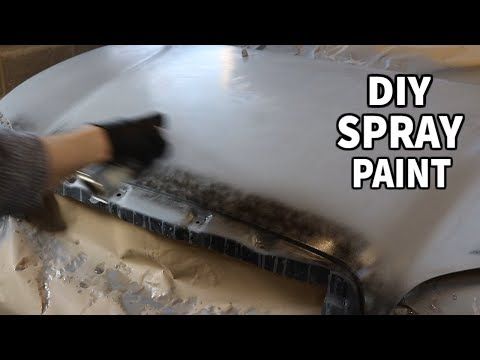Your ATV is a beast of the outdoors, seldom spending much of its life inside. The plastic body of ATVs becomes faded from the sun’s rays, and thrashing around in dirt, mud, snow, and water doesn’t help. Plastics get scuffed by boots or passing debris, and cracks can appear in the body or windshield.
There are a few options for restoring your ATV’s faded plastic so it looks like a showroom model again. These options vary in cost and difficulty. In this guide, we’ll look at all the common ways to restore the luster of your ATV’s plastic body.
Image from www.can-amtalk.com
Linseed oil can restore faded plastic, but it takes ages to dry. You want boiled linseed oil, instead. Note—this doesn’t mean you boil the linseed oil yourself! It means that the linseed oil has been pre-treated to dry faster.
To speed things along, choose boiled linseed oil and mix it with paint thinner. We recommend a 40/60 ratio of linseed oil and paint thinner.
Start by cleaning your ATV thoroughly. For best results, you’ll want to remove the rack and any other parts of the machine that are covering the plastics.
Apply the mixture to your plastics using a dry cloth. You’ll notice the linseed oil will remove the oxidization that’s causing fading. After you’ve applied the mixture to all the plastic, allow it a full day to dry.
If you keep your ATV covered and don’t use it every day, this fix will last for a few months. If you constantly use your ATV outdoors, this treatment may be required to be performed again in 4-6 weeks.
Off-road are the core piece of riding gear for ATV & UTV riders
Find out the best look for you
You’ll need good access to your ATV’s plastics, so remove the skid plates and racks. If they are severely damaged in any way, you may want to replace them completely. To complement your better-looking new plastics, you may want to strip or sand your racks and paint them with a spray-on bedliner.![]()
Next up, give the ATV a good clean overall. A mixture of dishwashing liquid and water will remove all the grease and oils from the surfaces.
Now it’s time to prepare the plastic for waxing. This means sanding the plastic with fine sandpaper, working your way up from the lowest number of sandpaper up to the highest. You can use an oscillating tool to speed up the process. Make sure you’re wearing safe gloves, and finish up by sanding with steel wool.
Apply a vinyl floor liquid wax to the plastic using a car wax applicator. Using thin coats, you can work on one section of the plastic while another section dries. You will need to apply several coats, buffing out the plastic after each application.
After the final coat is complete and bone dry, finish up with an automotive wax for an extra layer of sheen.
This process is more involved than the linseed oil and paint thinner fix, but it typically has a longer-lasting result.
Image from www.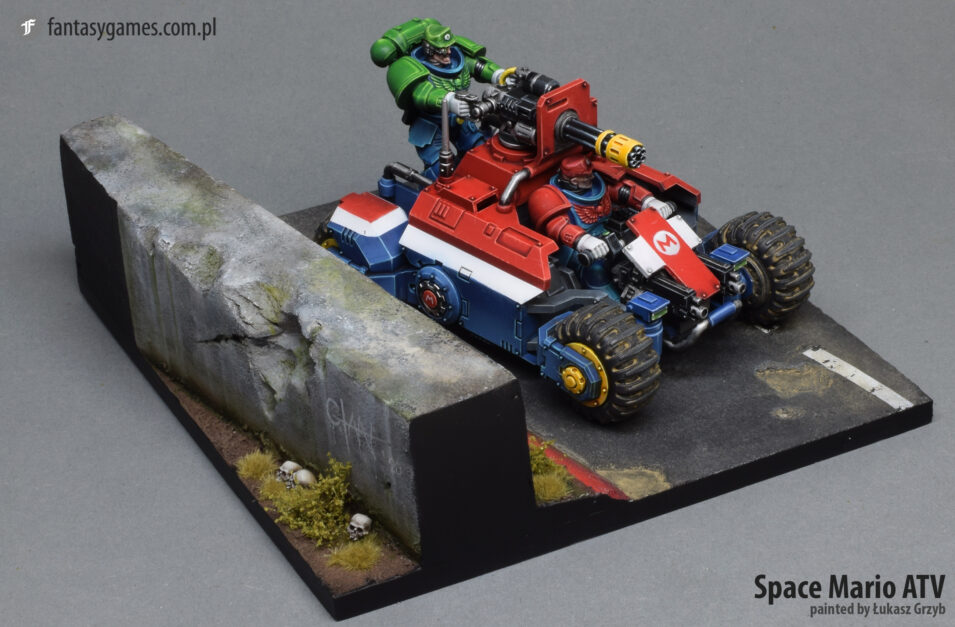 atvhonda.com
atvhonda.com
Instead of a linseed oil and paint thinner mixture or vinyl liquid wax, you can use a dedicated plastic restorer product. While most of these products work very well, they are basically just variations of our above options with slightly different chemical compositions.
Image from Lea Arnold YouTube channel
Using a heat gun does work to make plastics look new, but it has downsides.
To perform the procedure, you use a heat gun set to a low setting and blow it from a few inches above the problem plastic. Voila—the plastic looks as good as new.
But it’s not really an option that we recommend. It works by melting the top layer of the plastic, which in turn makes the plastic more brittle. Every time you perform a heat gun restoration, your plastics lose some strength.
Where we would suggest using a heat gun is to work out small cracks in the plastic. Severe cracks necessitate replacement, though.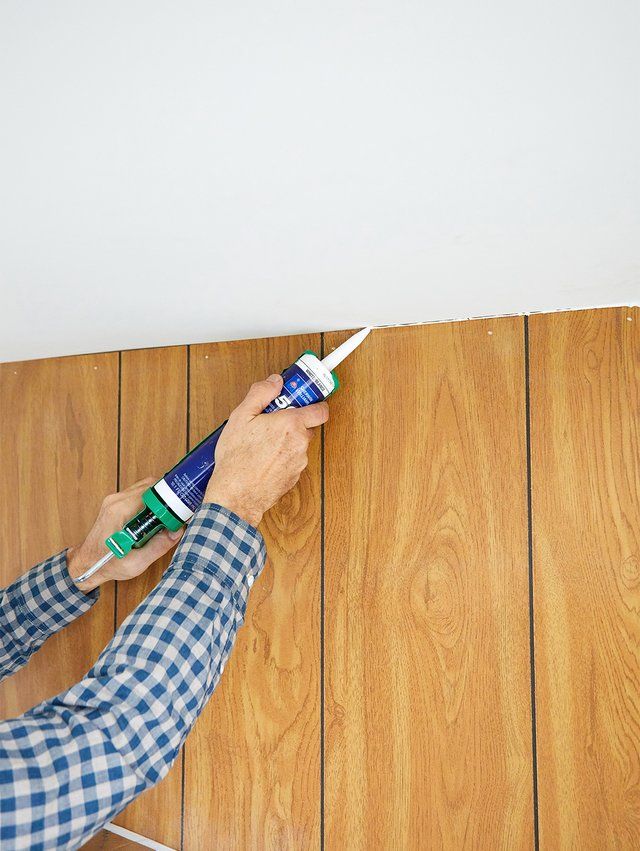
These are the top ways to restore your ATV plastic. Another option is to cover your faded plastic with a new lick of paint from a spray paint that’s specifically suitable for plastic. Whatever option you choose, with just a little bit of elbow grease you can have your ATV back in showroom condition.
SPORTSMAN
36 EUR
32.40 EUR
-10%
HIT
ENDURO
the most durable
577 EUR
519.30 EUR
AQUAMASTER-ZIP LIGHT
with central zipper
568 EUR
385.50 EUR
-10%
HIT
ENDURO LIGHT
the most durable
378 EUR
340.20 EUR
AQUAMASTER LIGHT
reliability & comfort
438 EUR
324.50 EUR
NEODRY
16 EUR
11.20 EUR
-10%
HIT
ENDURO
the most durable
229 EUR
206.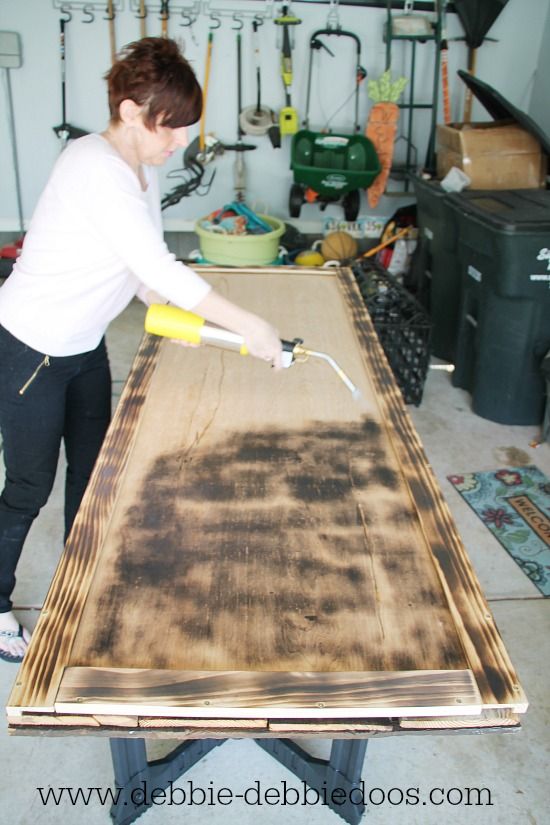 10 EUR
10 EUR
AQUAMASTER
reliability & comfort
567 EUR
510.30 EUR
-30%
HIT
AQUAMASTER
reliability & comfort
259 EUR
181.30 EUR
BELT
8 EUR
7.20 EUR
ENDURO BF
bootfoot waders
468 EUR
421.20 EUR
ENDURO BF
bootfoot waders
289 EUR
260.10 EUR
ENDURO
29 EUR
26.10 EUR
NEOSENSOR
14 EUR
11.20 EUR
MUDWAY
179 EUR
143.20 EUR
TARGET 20L
32 EUR
28.80 EUR
MUDRIDER
299 EUR
209.30 EUR
-10%
HIT
WADEMAN
lightweight waders
159 EUR
143. 10 EUR
10 EUR
-10%
HIT
MUDWAY NEW
199 EUR
179.10 EUR
URBAN
79 EUR
71.10 EUR
Explore all
Select a country
Afghanistan
Albania
Algeria
Andorra
Angola
Anguilla
Antarctica
Antigua and Barbuda
Argentina
Armenia
Aruba
Australia
Austria
Azerbaijan
show more
Bahamas
Bahrain
Bangladesh
Barbados
Belarus
Belgium
Belize
Benin
Bermuda
Bhutan
Bolivia
Bosnia and Herzegowina
Botswana
Bouvet Island
Brazil
British Indian Ocean Territory
British Virgin Islands
Brunei Darussalam
Bulgaria
Burkina Faso
Burundi
show more
Cambodia
Cameroon
Canada
Cape Verde
Cayman Islands
Central African Republic
Chad
Chile
China
Christmas Island
Cocos Islands
Colombia
Comoros
Congo
Cook Islands
Costa Rica
Cote D'ivoire
Croatia
Cuba
Cyprus
Czechia
show more
Denmark
Djibouti
Dominica
Dominican Republic
East Timor
Ecuador
Egypt
El Salvador
Equatorial Guinea
Eritrea
Estonia
Ethiopia
show more
Faeroe Islands
Falkland Islands
Fiji
Finland
France
French Antarctic
French Guiana
French Polynesia
show more
Gabon
Gambia
Georgia
Germany
Ghana
Gibraltar
Greece
Greenland
Grenada
Guadeloupe
Guatemala
Guinea
Guinea-bissau
Guyana
show more
Haiti
Heard and McDonald Islands
Honduras
Hong Kong
Hungary
Iceland
India
Indonesia
Iran
Iraq
Ireland
Israel
Italy
show more
Jamaica
Japan
Jordan
Kazakhstan
Kenya
Kiribati
Korea (North)
Korea (South)
Kuwait
Kyrgyzstan
show more
Laos
Latvia
Lebanon
Lesotho
Liberia
Libya
Liechtenstein
Lithuania
Luxembourg
show more
Macau
Macedonia
Madagascar
Malawi
Malaysia
Maldives
Mali
Malta
Marshall Islands
Martinique
Mauritania
Mauritius
Mayotte
Mexico
Micronesia
Moldova
Monaco
Mongolia
Montenegro
Montserrat
Morocco
Mozambique
Myanmar
show more
Namibia
Nauru
Nepal
Netherlands
Netherlands Antilles
New Caledonia
New Zealand
Nicaragua
Niger
Nigeria
Niue
Norfolk Island
Norway
show more
Pakistan
Palau
Palestine
Panama
Papua New Guinea
Paraguay
Peru
Philippines
Pitcairn Islands
Poland
Portugal
Puerto Rico
show more
Reunion
Romania
Russia
Rwanda
Saint Helena
Saint Kitts and Nevis
Saint Lucia
Saint Vincent and the Grenadines
Saint-Pierre and Miquelon
Samoa
San Marino
Saudi Arabia
Senegal
Serbia
Seychelles
Sierra Leone
Singapore
Slovakia
Slovenia
Solomon Islands
Somalia
South African Republic
South Georgia and the South Sandwich Islands
Spain
Sri Lanka
Sudan
Suriname
Svalbard and Jan Mayen Islands
Swaziland
Sweden
Switzerland
Syria
show more
Taiwan
Tajikistan
Tanzania
Thailand
Togo
Tokelau
Tonga
Trinidad and Tobago
Tunisia
Turkey
Turkmenistan
Turks Caicos Islands
Tuvalu
show more
U. S. Virgin Islands
S. Virgin Islands
United States
Uganda
Ukraine
United Arab Emirates
United Kingdom
Uruguay
Uzbekistan
show more
Vanuatu
Vatican City
Venezuela
Viet Nam
Wallis and Futuna Islands
Western Sahara
Zaire
Zambia
Zimbabwe
{{#DETAIL_PAGE_URL}} {{SECTION_NAME}} {{NAME}} {{/DETAIL_PAGE_URL}}
Color: {{COLOR}}
{{#IS_SIZE}} Size: {{SIZE}} {{/IS_SIZE}}
Quantity:
Only {{AVAILABLE_QUANTITY}} left
{{#SHOW_DISCOUNT_PRICE}}
{{{SUM_FULL_PRICE_FORMATED}}}
{{/SHOW_DISCOUNT_PRICE}}
{{{SUM_PRICE_FORMATED}}}
{{/GIFT}} {{#GIFT}}
{{/GIFT}} {{/EMPTY_BASKET}} {{#EMPTY_BASKET}}
Your basket is empty
{{/EMPTY_BASKET}}
{{/FREE_SHIPPING}} {{#FREE_SHIPPING}}Free shipping available
{{/FREE_SHIPPING}}{{^FREE_SHIPPING}}
{{{FREE_SHIPPING_PERCENT}}}%
{{/FREE_SHIPPING}}
{{{FREE_SHIPPING_PRICE}}}
CHECKOUT {{{PRICE_FORMATED}}}
{{/EMPTY_BASKET}} {{#EMPTY_BASKET}} {{/EMPTY_BASKET}}Continue shopping
Your cart:
Your basket is empty
In modern production, many different technologies that allow obtaining one or another coating on the manufactured product. Currently, products or items are still in great demand. interior in expensive and pompous color gold bronze or brass. Before get a coating of this color on a product made of metal wood or plastic it was possible only by sputtering, applying gold leaf or by electroplating, but now thanks to innovative technologies there is a special metallized paint for gold , bronze or brass, which allows you to get the desired result without much effort.
Currently, products or items are still in great demand. interior in expensive and pompous color gold bronze or brass. Before get a coating of this color on a product made of metal wood or plastic it was possible only by sputtering, applying gold leaf or by electroplating, but now thanks to innovative technologies there is a special metallized paint for gold , bronze or brass, which allows you to get the desired result without much effort.
Today gold , bronze or brass finishes can be painted on absolutely any surface. Most often, gold coloring is applied to products made of metal , aluminum, iron and other alloys (for example, fences, fences, forged interior details, fittings, plumbing, decorative panels and interior items, furniture and much more).
When painting metal under gold , one of the most important factors when painting will be not only a decorative effect, but also a protective one. Thanks to innovative technologies, the latest Metal Coatings (Paints) will combine these two important features. For example, when we paint a detail from metal , which is planned to be used outdoors (in the open air), then when choosing paintwork for coloring under gold it is necessary to pay attention to such characteristics of the coating as:
Thanks to innovative technologies, the latest Metal Coatings (Paints) will combine these two important features. For example, when we paint a detail from metal , which is planned to be used outdoors (in the open air), then when choosing paintwork for coloring under gold it is necessary to pay attention to such characteristics of the coating as:
Italian concern ALCEA and specialists of the company " Industrial Coating Systems " offers the following system metal painting for gold , bronze or brass. This painting cycle can be used both in production conditions and independently when painting or restoring metal products at home.
2.1 Painting with Metal Primer Enamel 5820 1 coat high gloss ///
2.2 Painting metal primer 582 1 coat matt
Gold paint for metal 5820 and Gold paint for metal 5821 can be tinted in different shades gold or bronze. Each manufacturer can find a suitable option for themselves (more golden, shiny, dark or light, antique, etc.).
These products do not require pre-priming of the surface and can be applied with a brush or spray gun, which will allow to paint small parts of products or large surfaces in gold. If the product needs additional protection against corrosion under these products, additional anti-corrosion primers for metal, for example epoxy primer for metal with zinc phosphate EPOX 5204 , can be used, which will protect products for many years.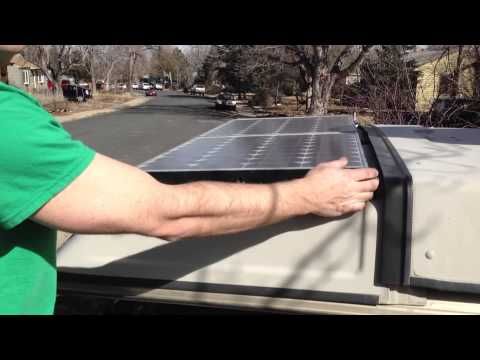
Gold color plastic is also one of the common options in production. Under gold or bronze, car parts, mobile phone cases, apartment interior details, stucco moldings, plinths and other products are painted.
Today there is a special paint for plastic under gold or bronze. Innovative pigments for tinting and new tinting equipment allows you to get up to 132 different spectacular shades of gold with the addition of mother-of-pearl or xeralics.
Before painting plastic gold , it will be necessary to initially determine the type of plastic (we discussed this in article "Painting different types of plastic" ). After determining the type of plastic, it will be possible to decide whether a special activator primer ( adhesive primer for plastic ) is needed or not. Further, the system for painting plastic under gold will look like this:
1.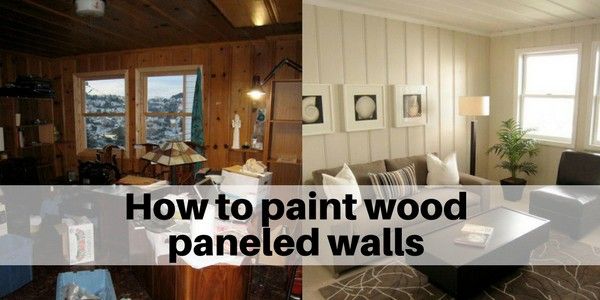 Degreasing with PLASTIC CLEANER 00617
Degreasing with PLASTIC CLEANER 00617
2. Primer-activator (if necessary), for example, for PP plastic we will use Primer-activator for painting polypropylene LECHLER 05752 in 1 coat
3. by adding mother-of-pearl or kseralik) in 1 layer
4.1 TIXO KLARLACK wear-resistant varnish 96230 for glossy finish
4.2 ACRIFLEX INCOLORE MATT Varnish 96204 for a matt finish
This gold plastic paint system is most likely to be more suitable for painting conditions in a production environment. The listed paints and varnishes belong to the industrial segment and are applied to the surface with special paint sprayers, but at the same time they create a unique high-quality coating.
Specialists of the company " Industrial Coating Systems " can offer various options for painting absolutely any of any kind of material.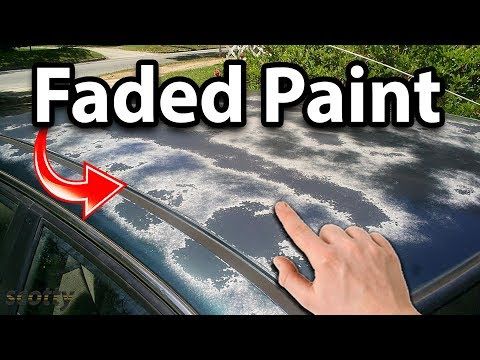 The painting cycles and selection of paint material are carried out by professional technicians and are tested according to the task at hand. It is important to remember that industrial paints and varnishes require special conditions for painting, special equipment and protective equipment.
The painting cycles and selection of paint material are carried out by professional technicians and are tested according to the task at hand. It is important to remember that industrial paints and varnishes require special conditions for painting, special equipment and protective equipment.
Our professionals are ready to take all the necessary efforts to implement any ideas, tasks and needs in the field of painting and choice of paintwork material. Call us 8-812-902-502-8 or simply fill out the form below and our specialists will develop or select for you a suitable painting system for any type of surface, depending on your needs, desires and possibilities. Ready to bring your ideas to life!
A quad bike is a machine and therefore, the device of an ATV, albeit in a simplified form, resembles a car device. The ATV consists of the following units:
1. engine;
engine;
2. transmission;
3. Chassis, consists of frame and suspension;
4. control system;
5. brakes;
ATV suspension is one of the most important elements in the design of an ATV, it is it that allows you to achieve comfort when moving and facilitates the passage of difficult terrain.
Suspension consists of the following structural elements:
- elastic elements that take on the reaction forces of the road that arise during movement along its uneven part.
- guide elements that determine the nature of the movement of the wheels and their connection with each other and with the carrier system. In addition, the transmission elements also transmit longitudinal and lateral forces and their moments.
-shock absorbers that dampen vibrations of the carrier system that occur during road operation.
The suspension is one of the most important structural elements of vehicles. It is entrusted with such functions as:
- physical connection of the wheels with the body or frame of the vehicle; -
- transfer to the carrier system of forces and moments that occur during the contact of the wheels with the road surface;
- ensuring the required nature of the movement of the wheels relative to the position of the body or frame;
- the smoothness of the vehicle.
There are two types of suspension: independent and dependent.
Independent ATV suspension is the most common among modern models of ATVs. In this type of suspension, cross-country ability and comfort of movement are present at the same time. The wheels of one ATV axle do not have a rigid connection between each other, each wheel is separately attached to the ATV frame by two Y-shaped levers, which in turn are equipped with ball bearings. Due to the simple design of this type of suspension, comfort in movement is in the first place here, which is very important for the owner of an ATV. The advantages of this type of suspension also include the possibility of its careful adjustment, based on the conditions of the track and the wishes of the driver. Thanks to its design, the suspension compensates for roll during cornering, and also maintains a given camber. Not so long ago, independent suspension was installed only on the front wheels of an ATV, but now almost all models of utility and touring ATVs are also equipped with a rear independent suspension.